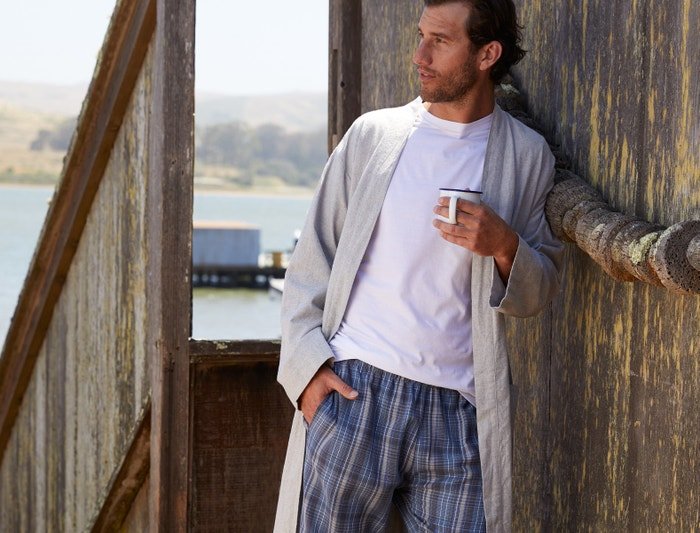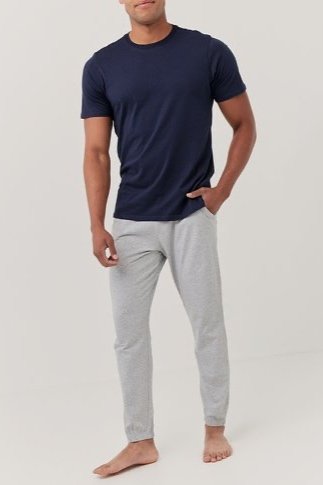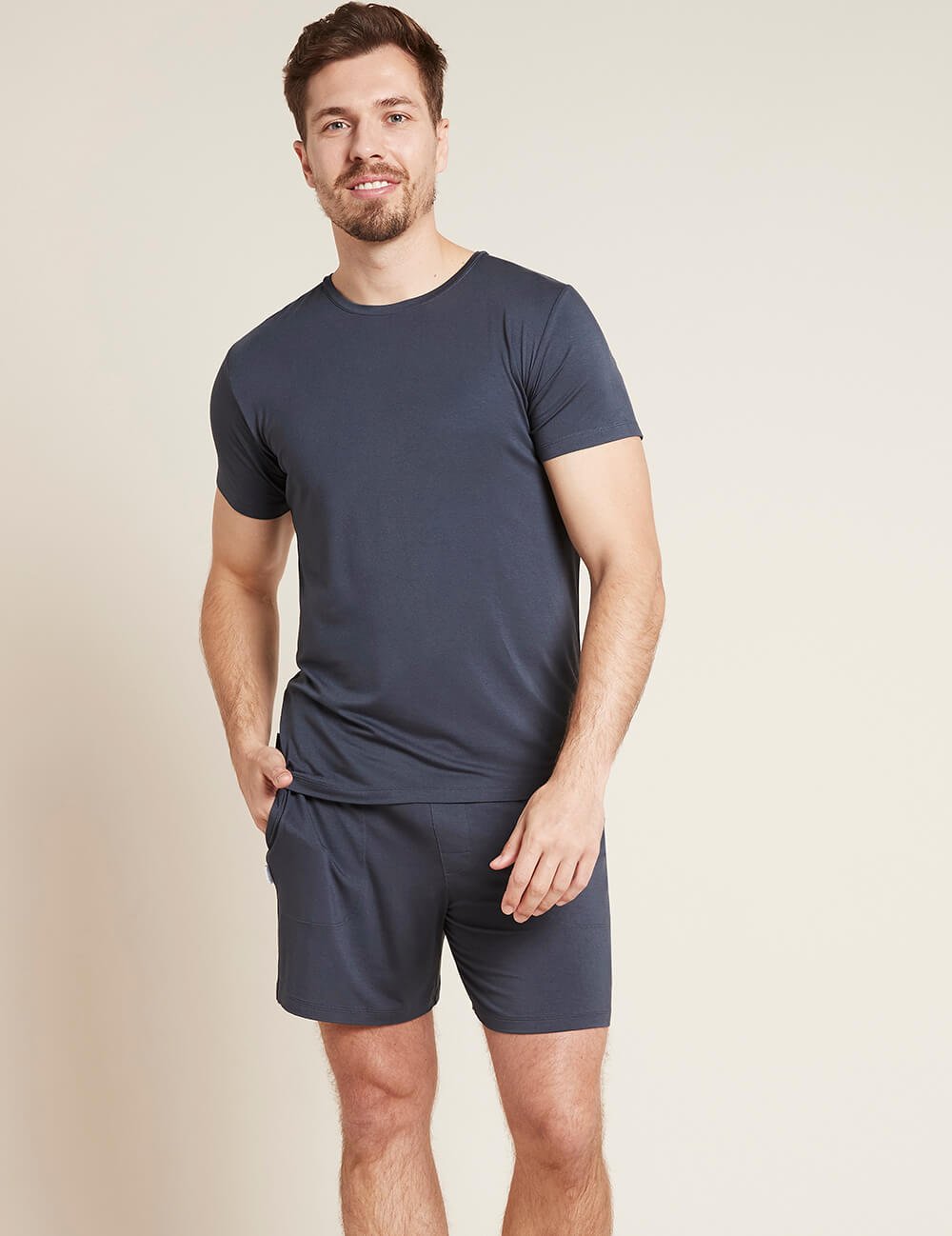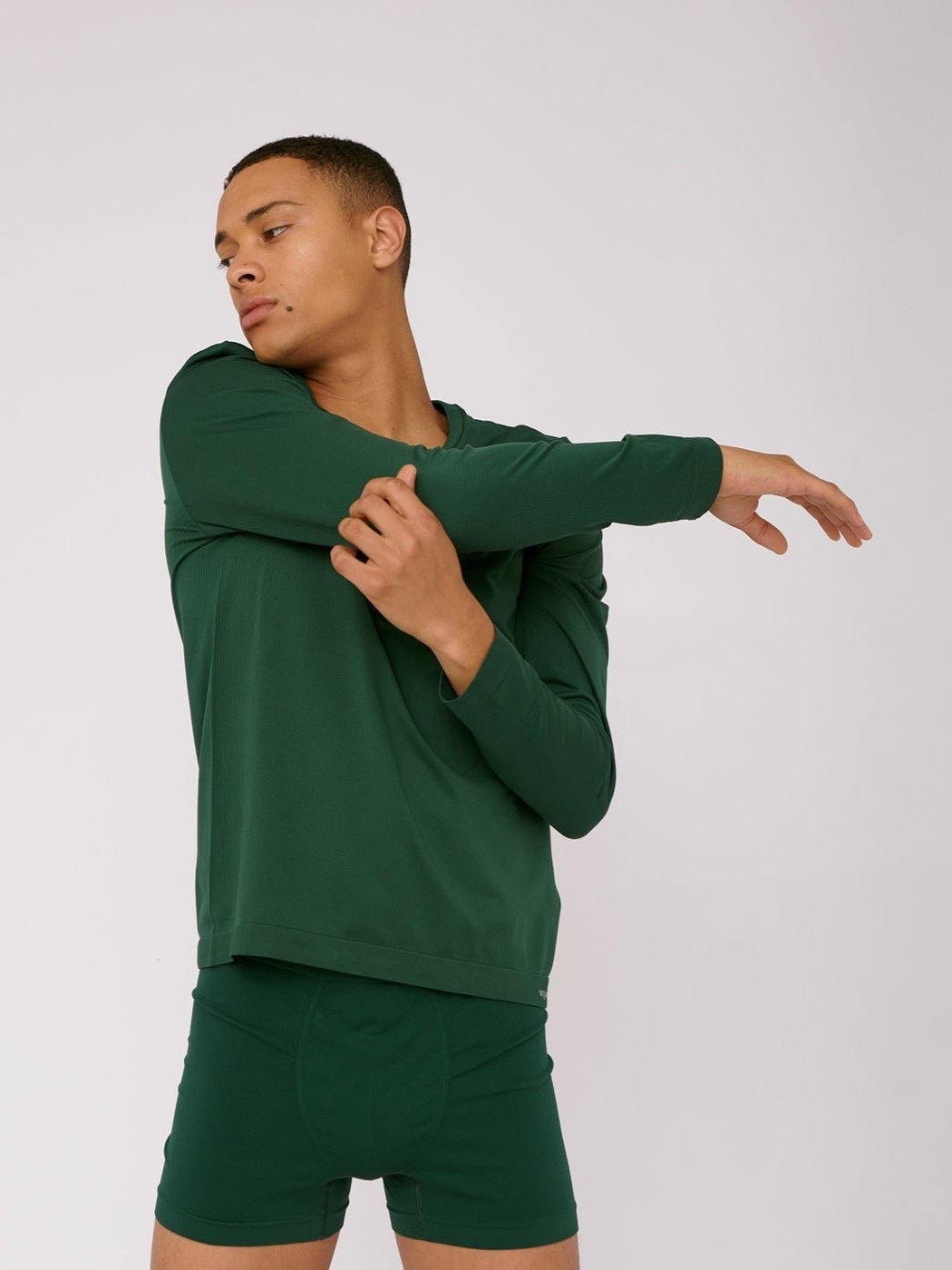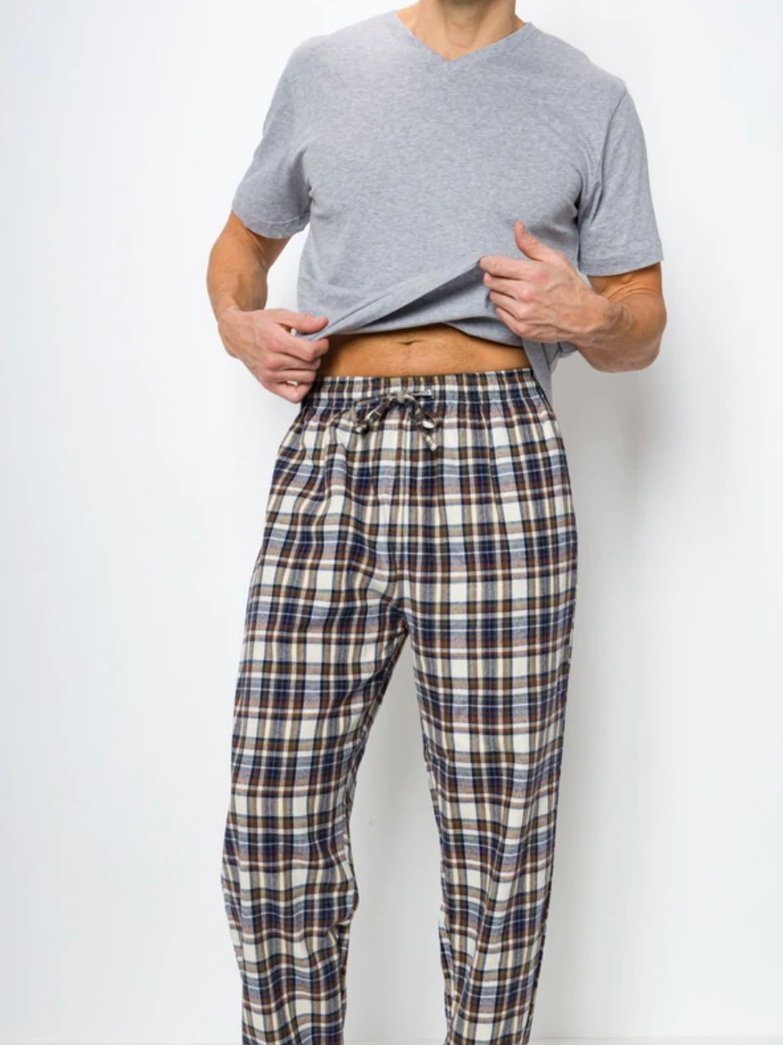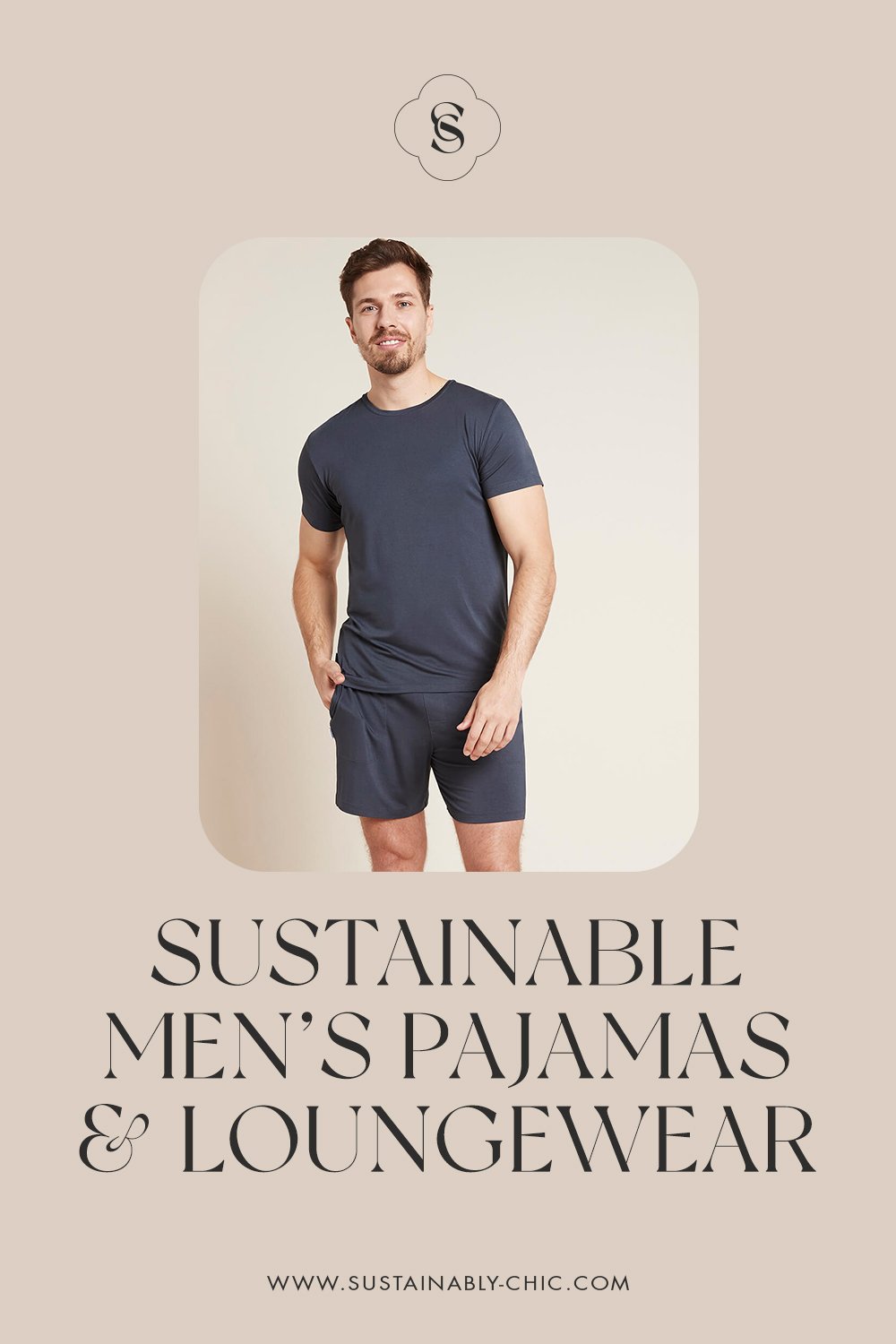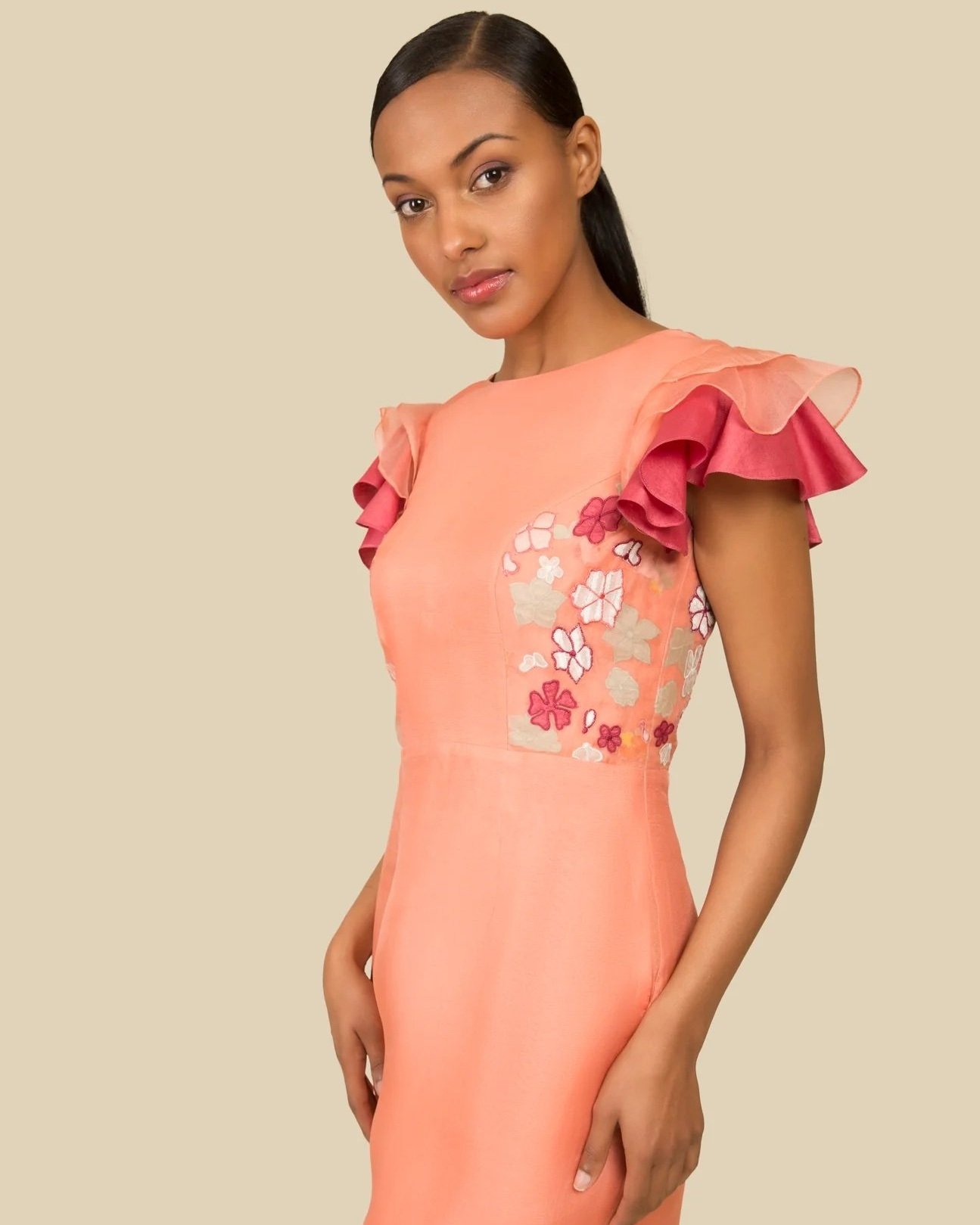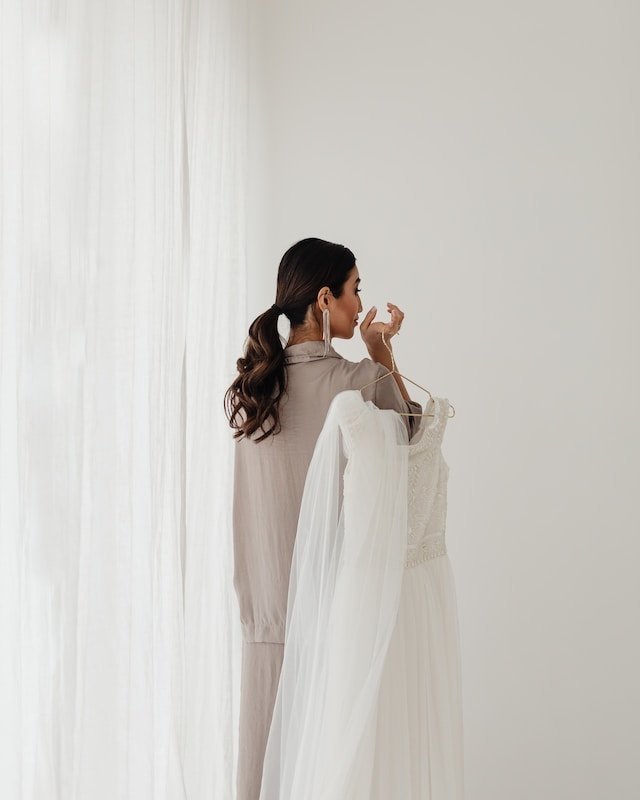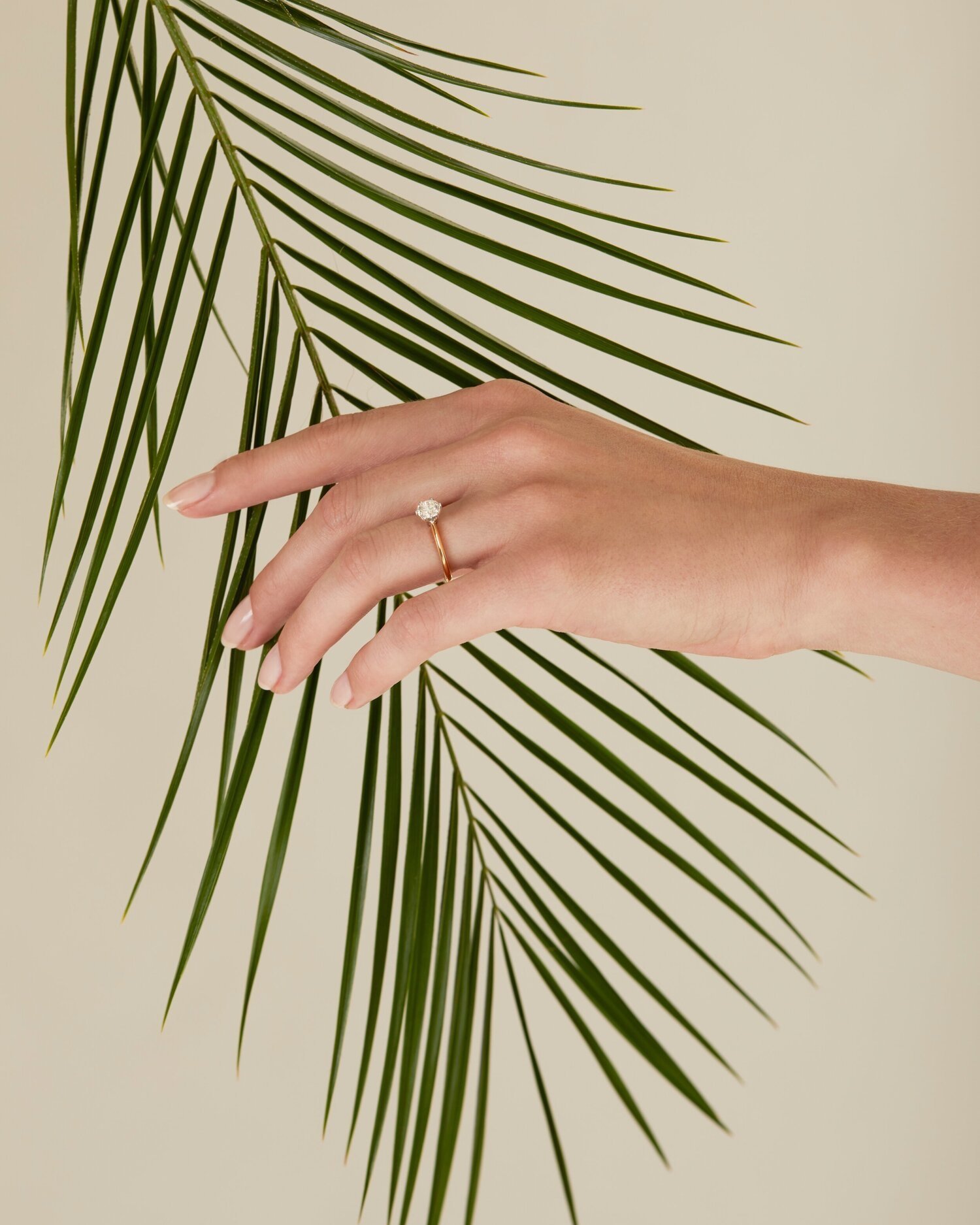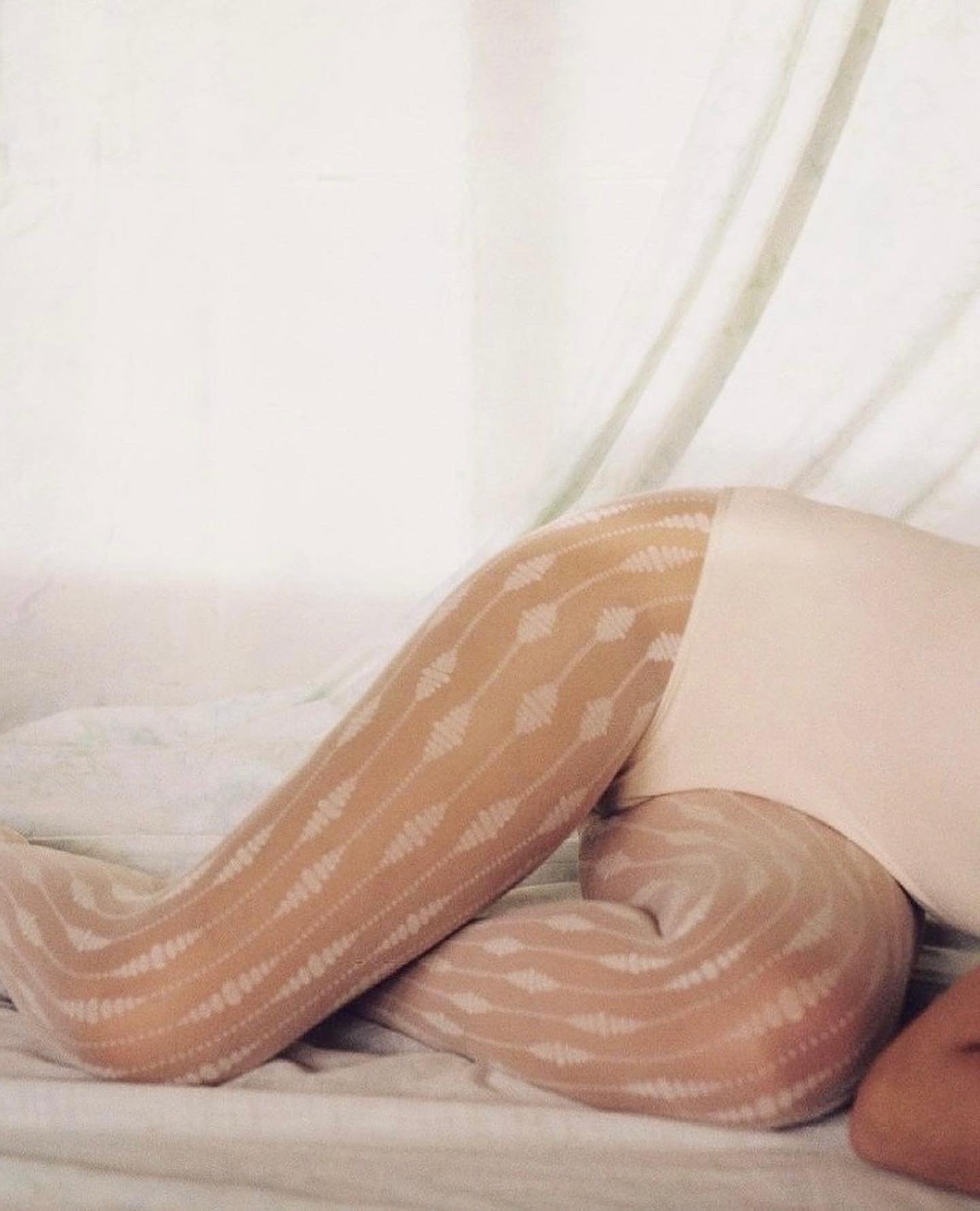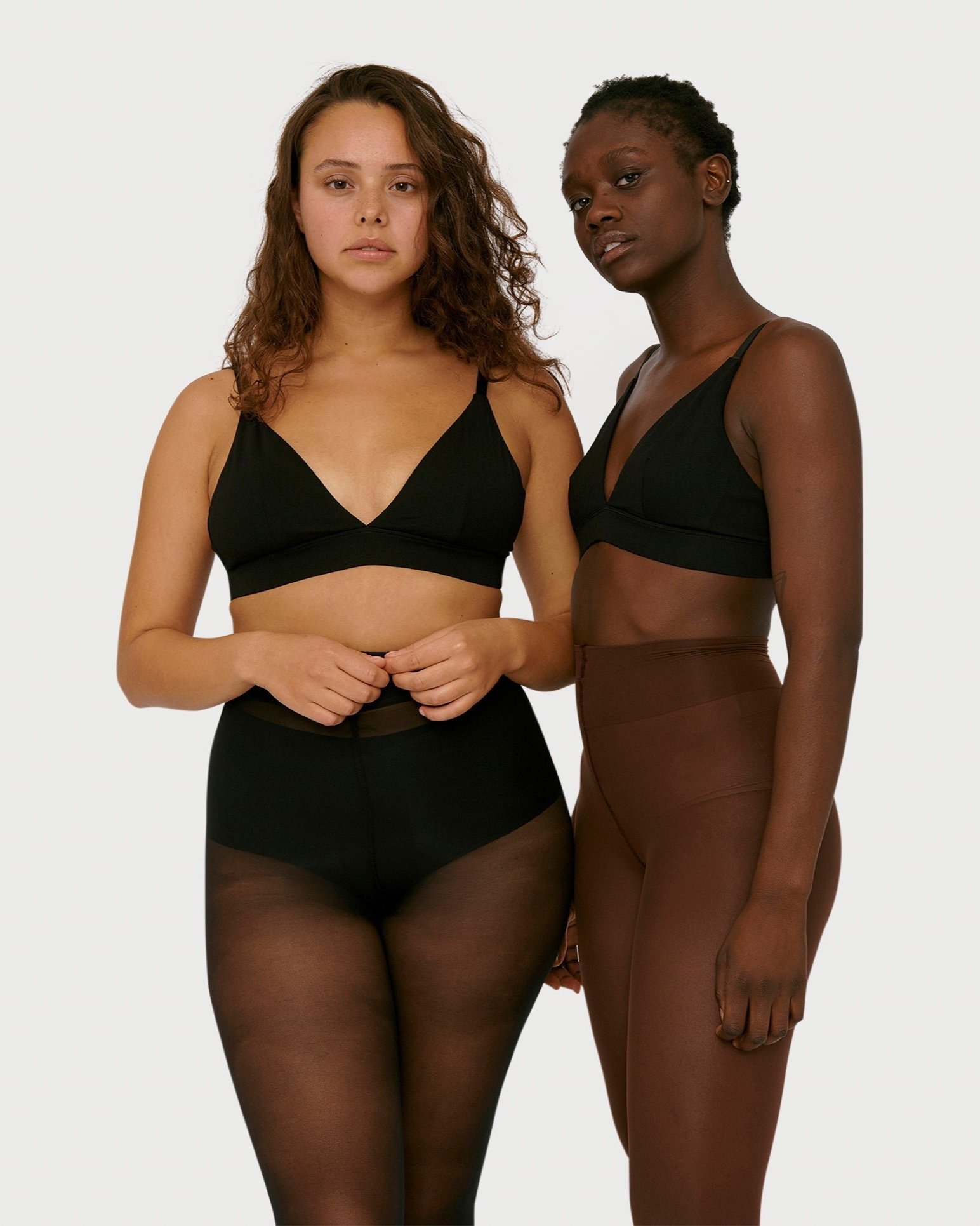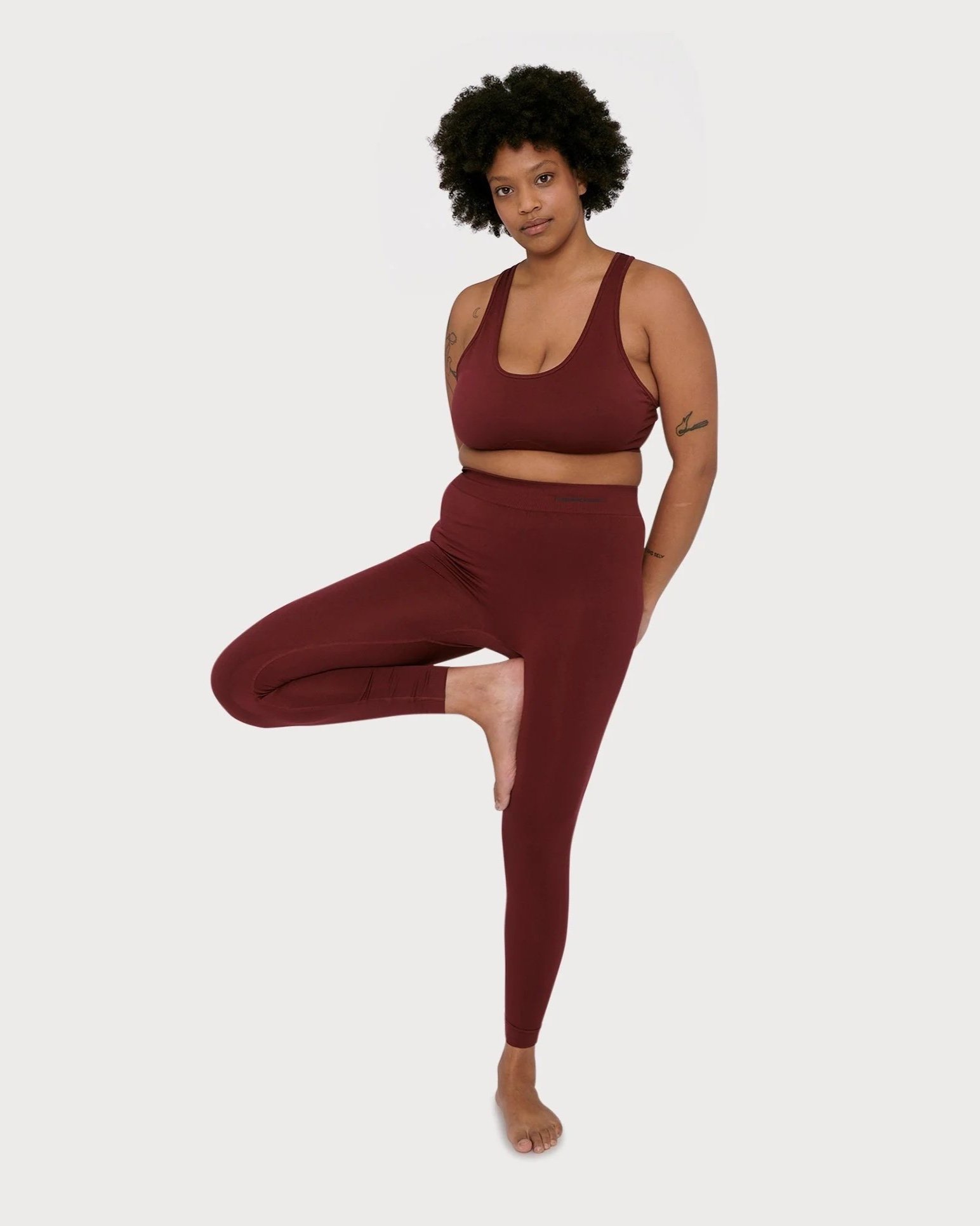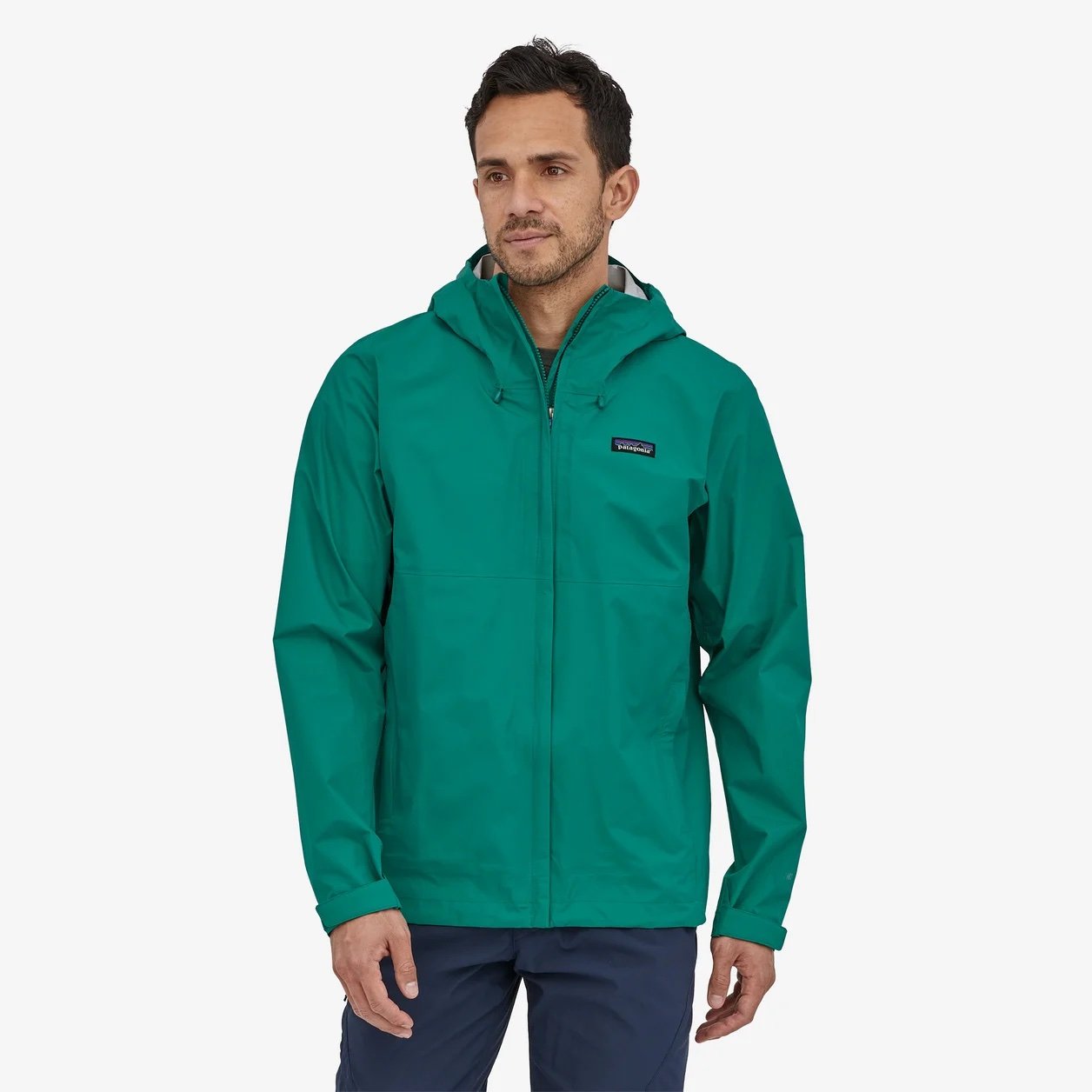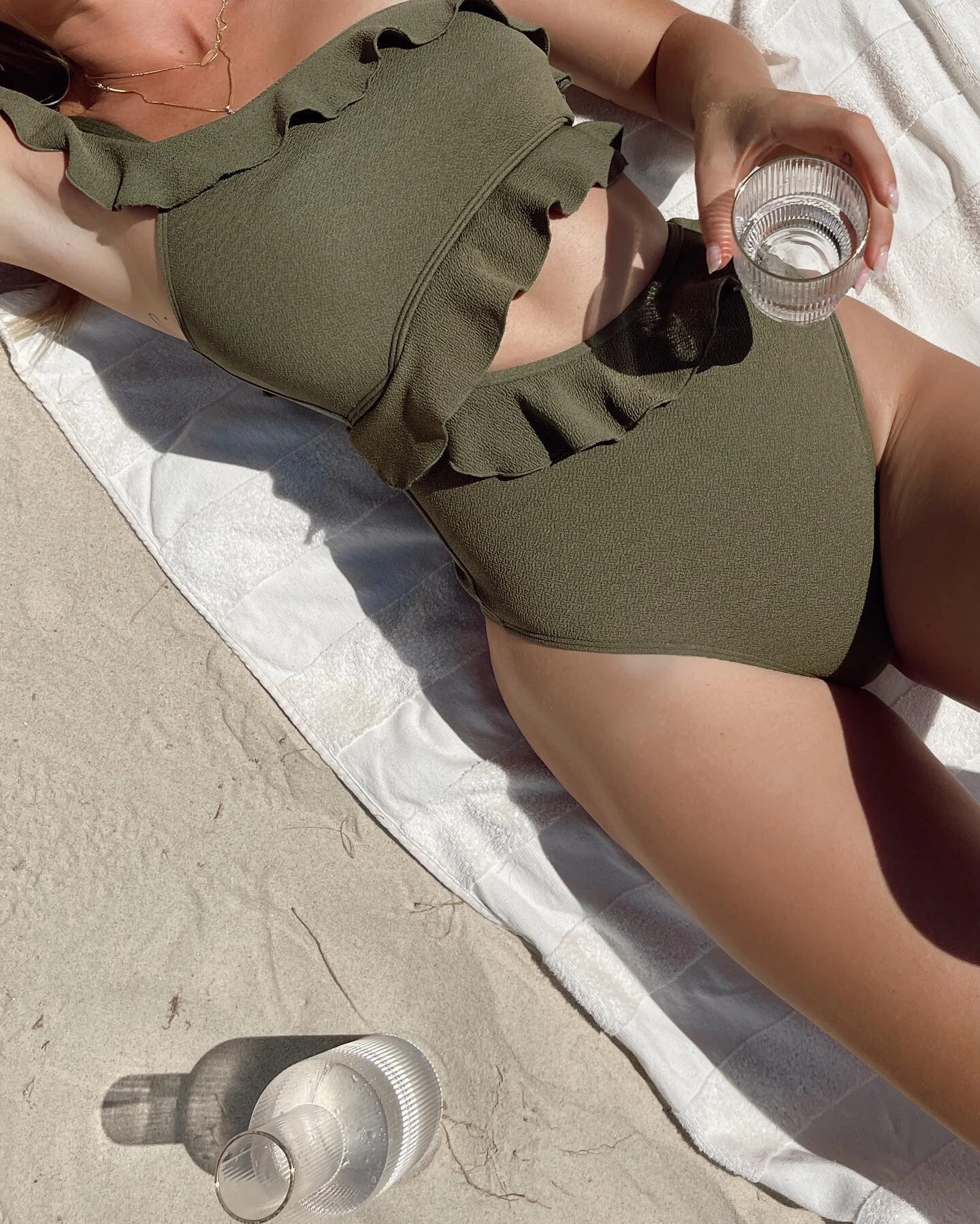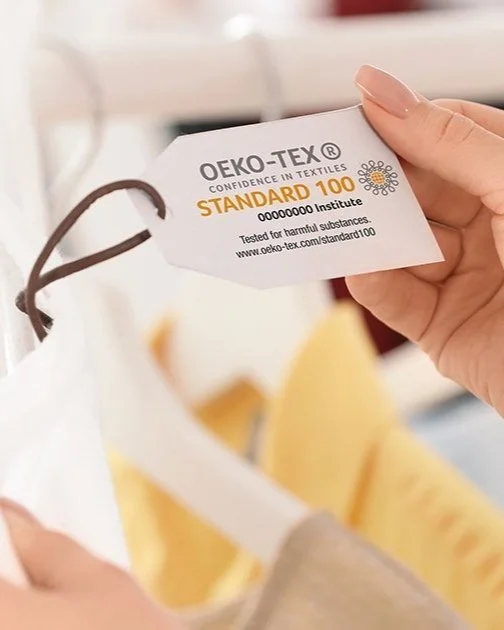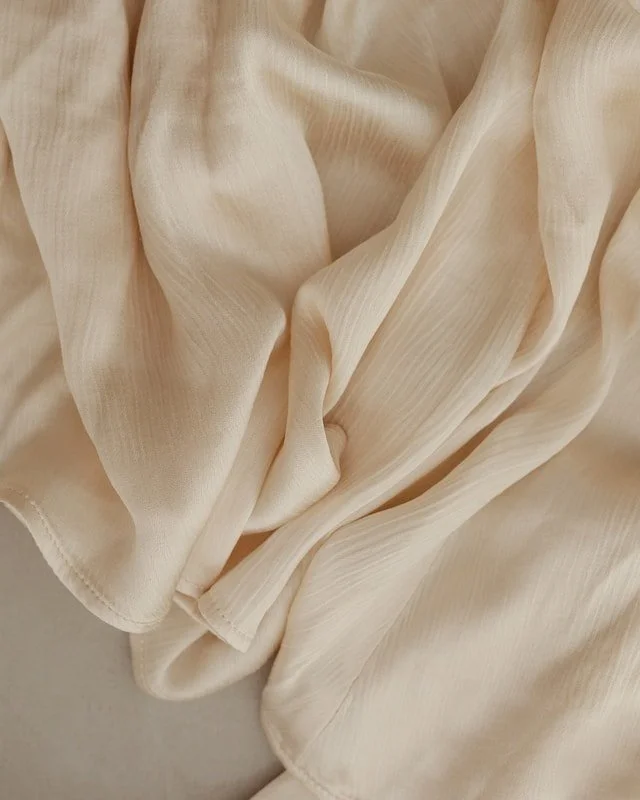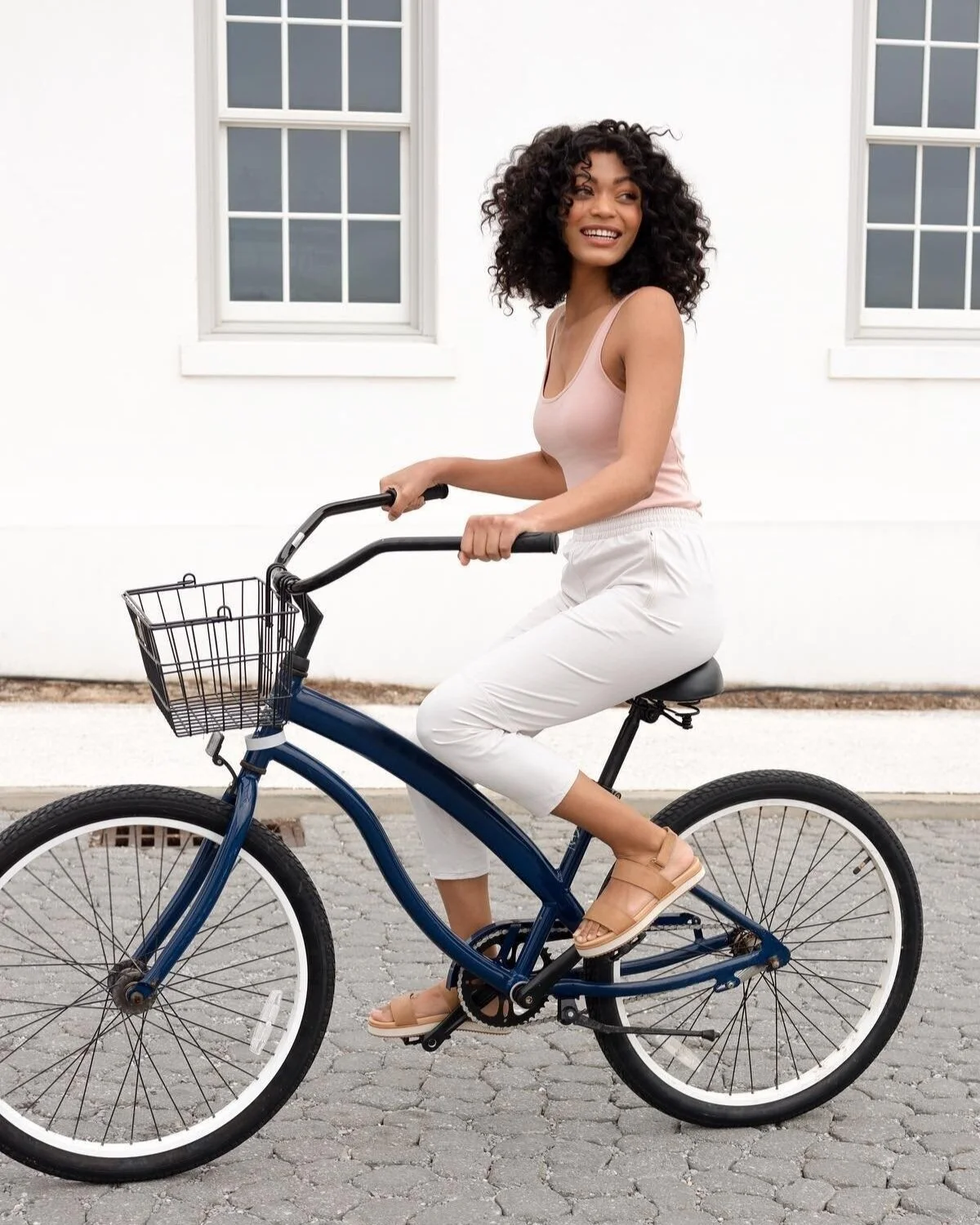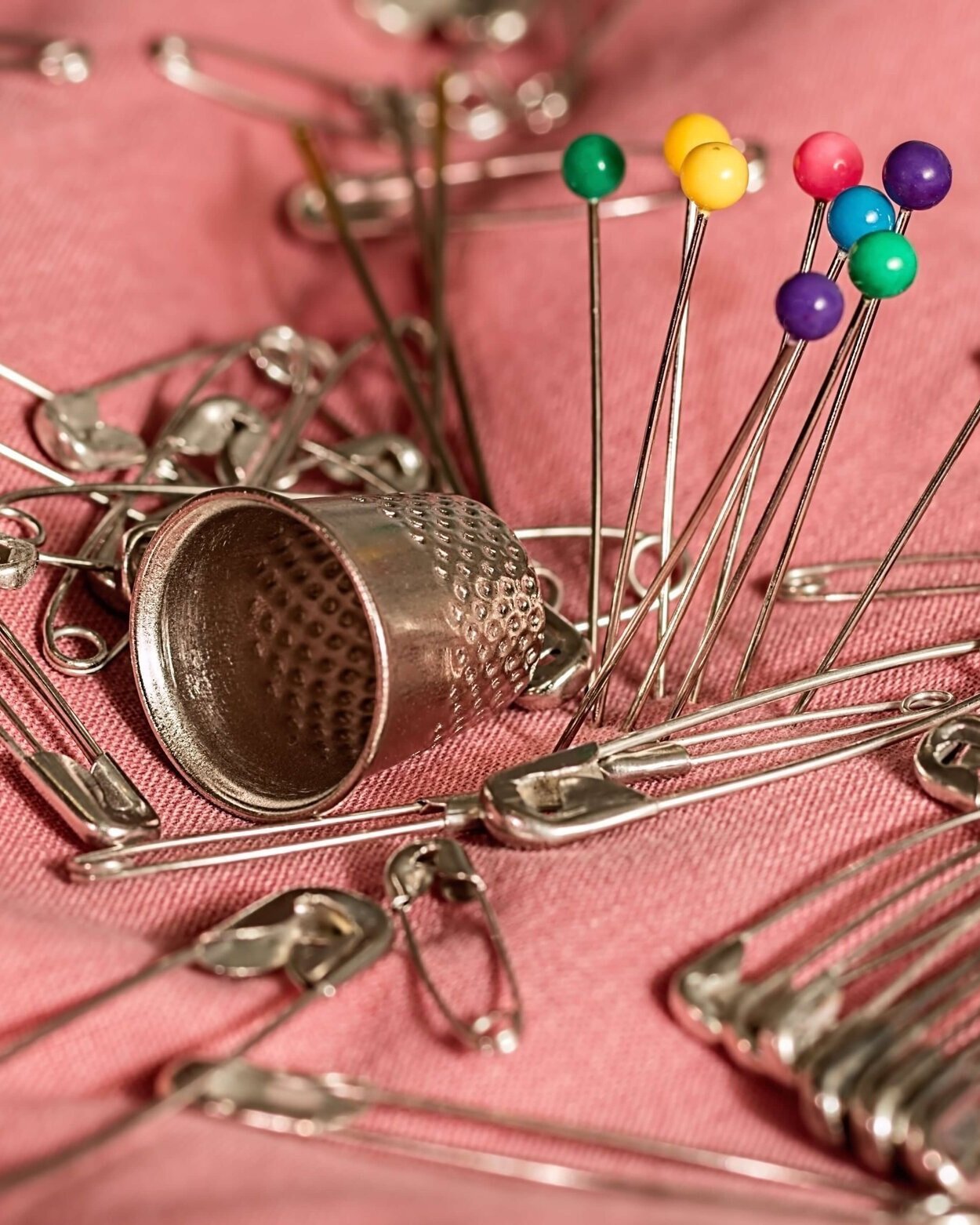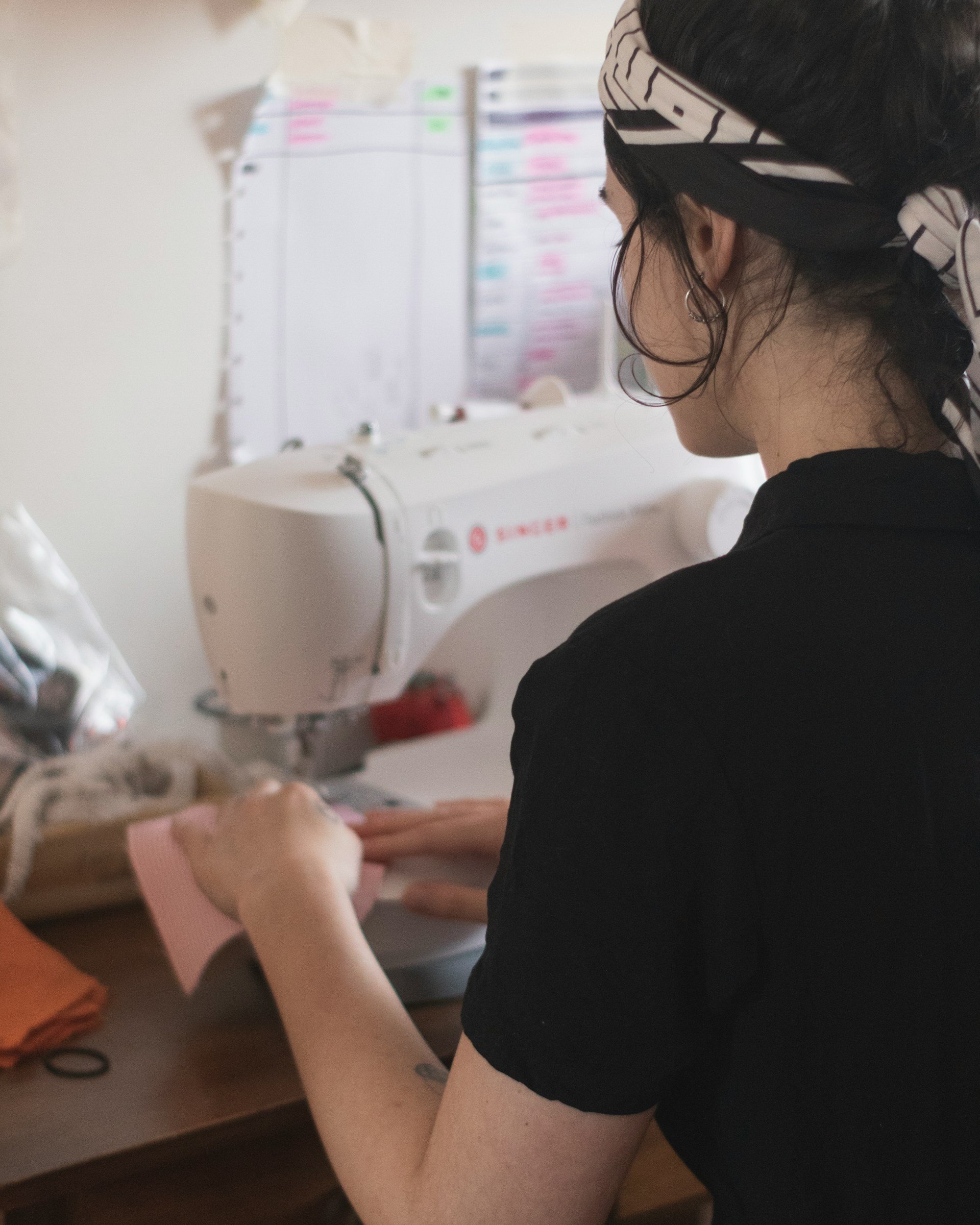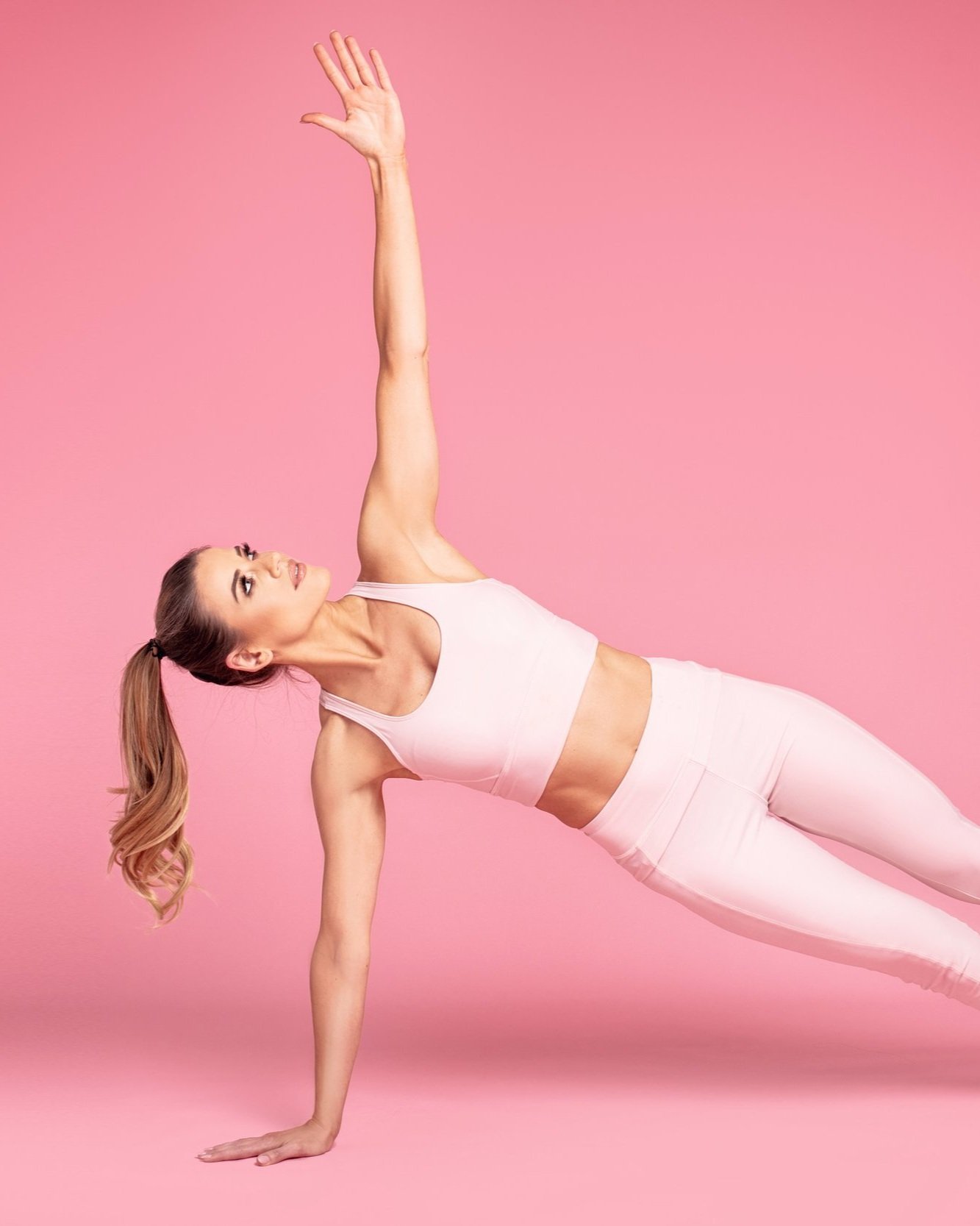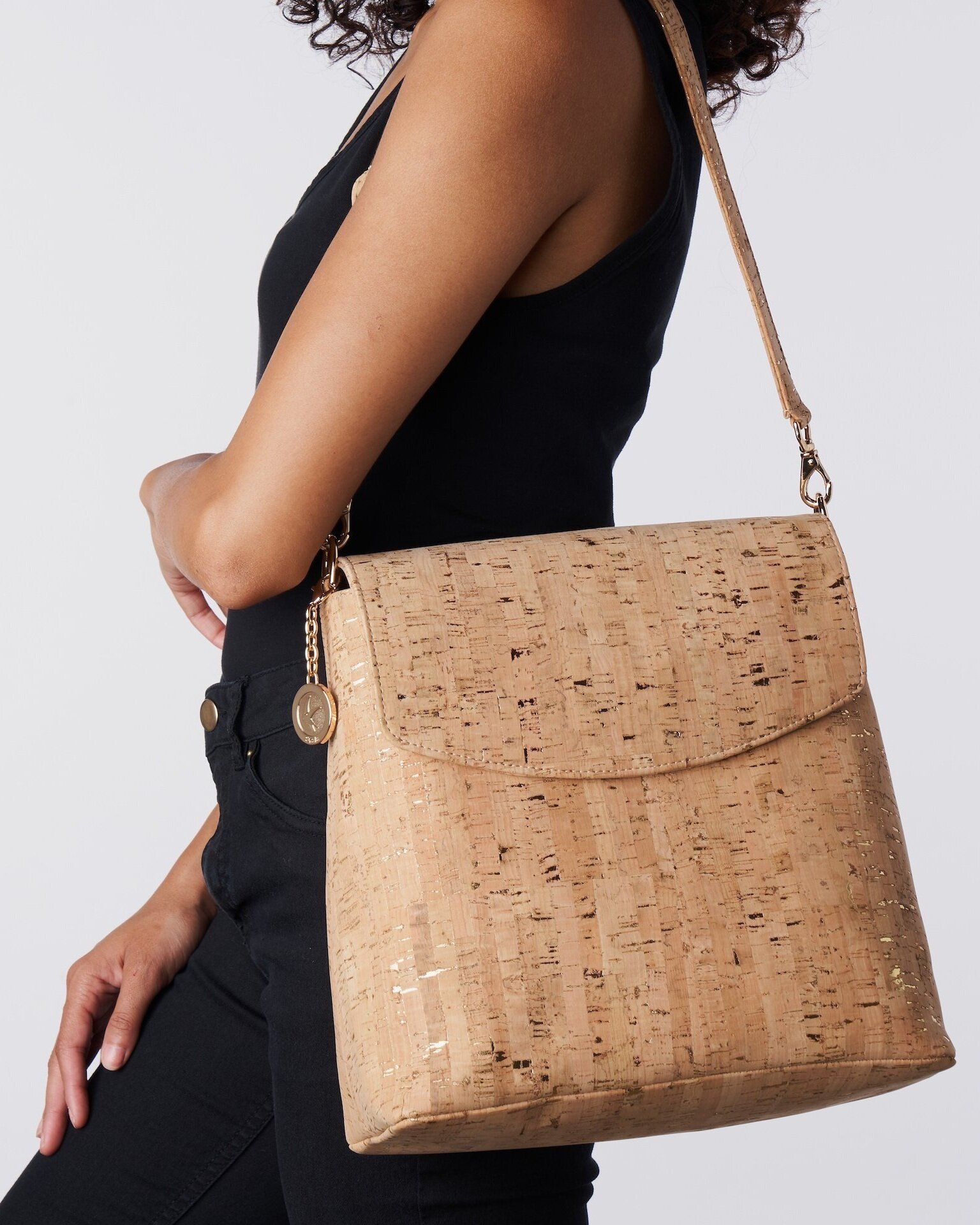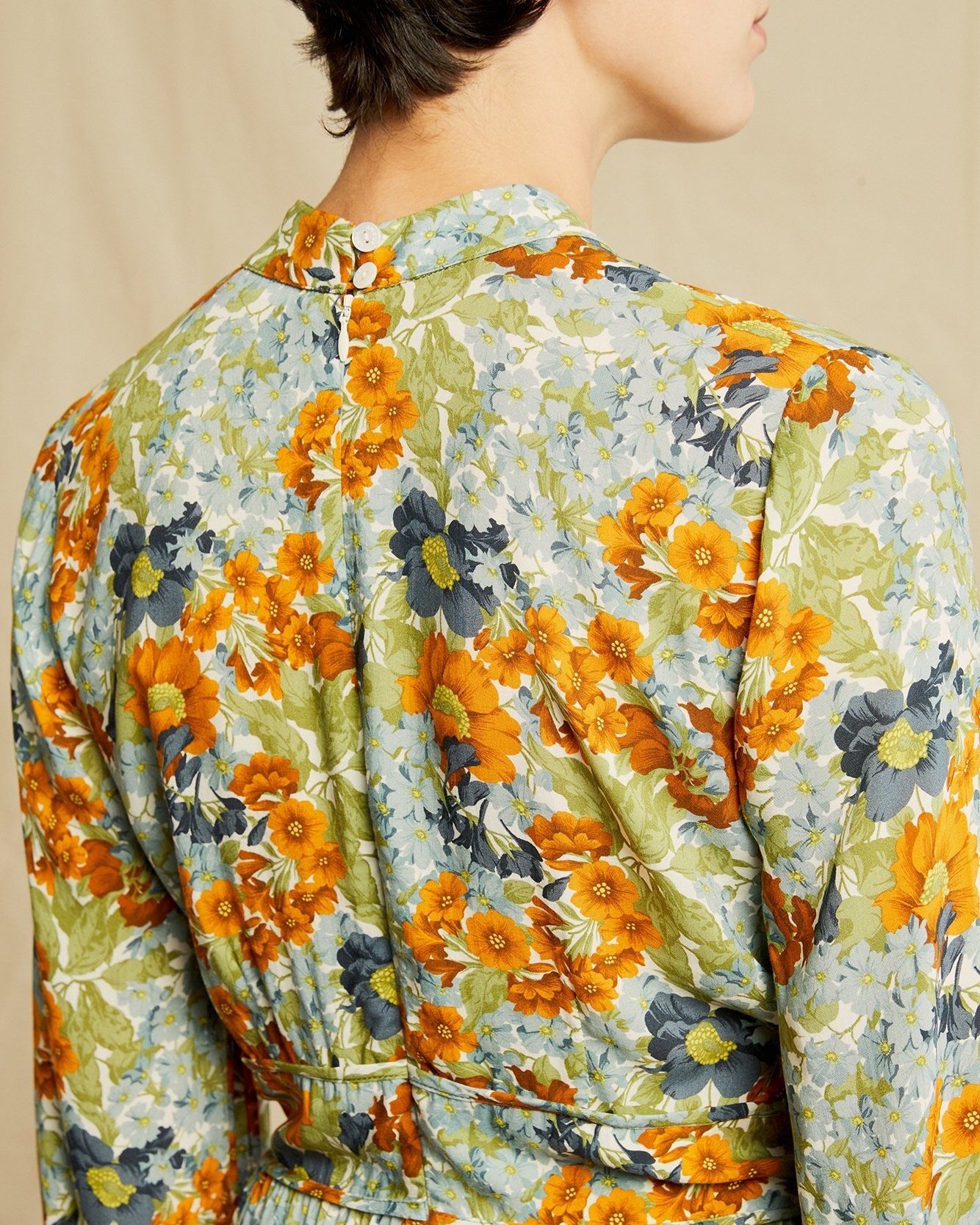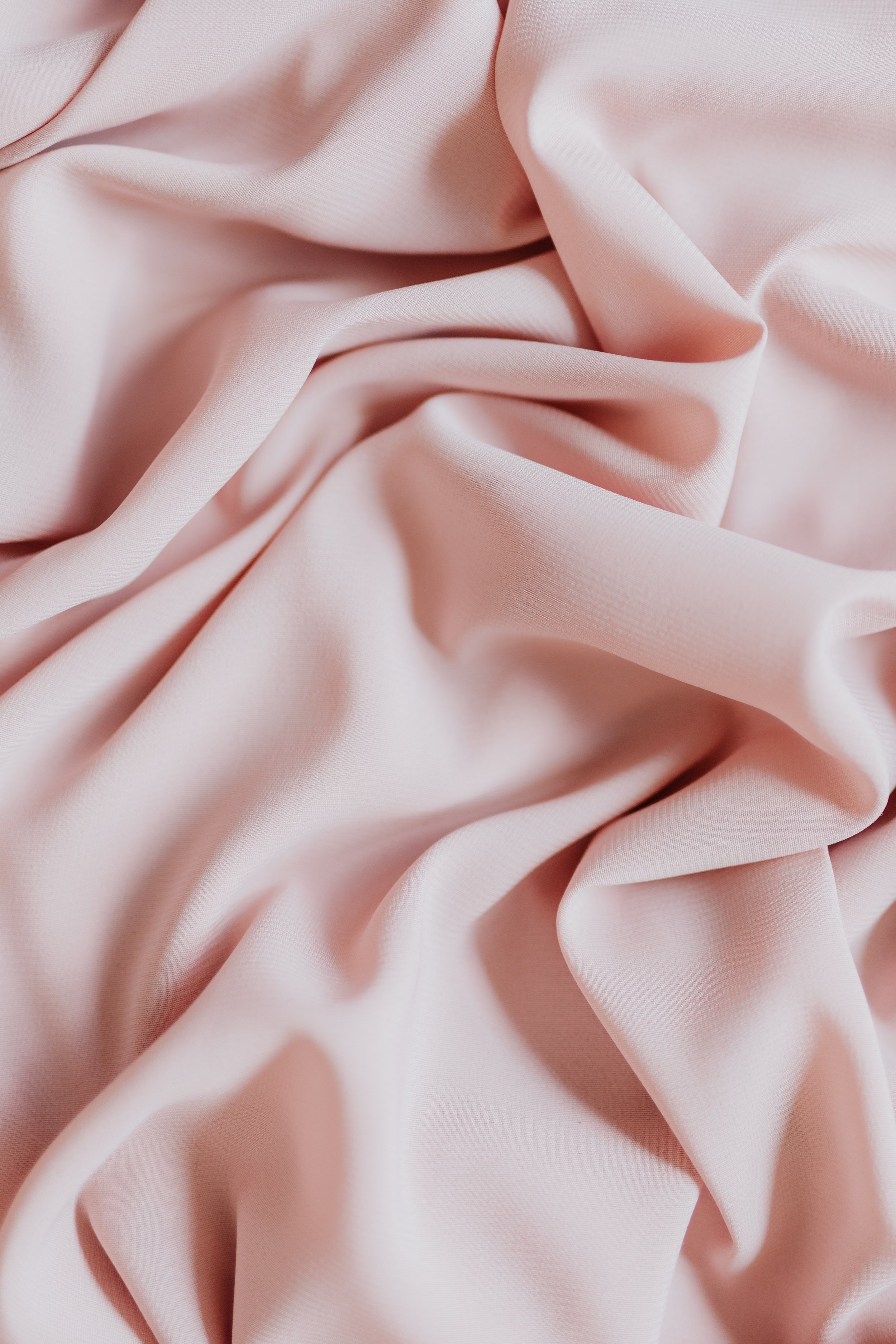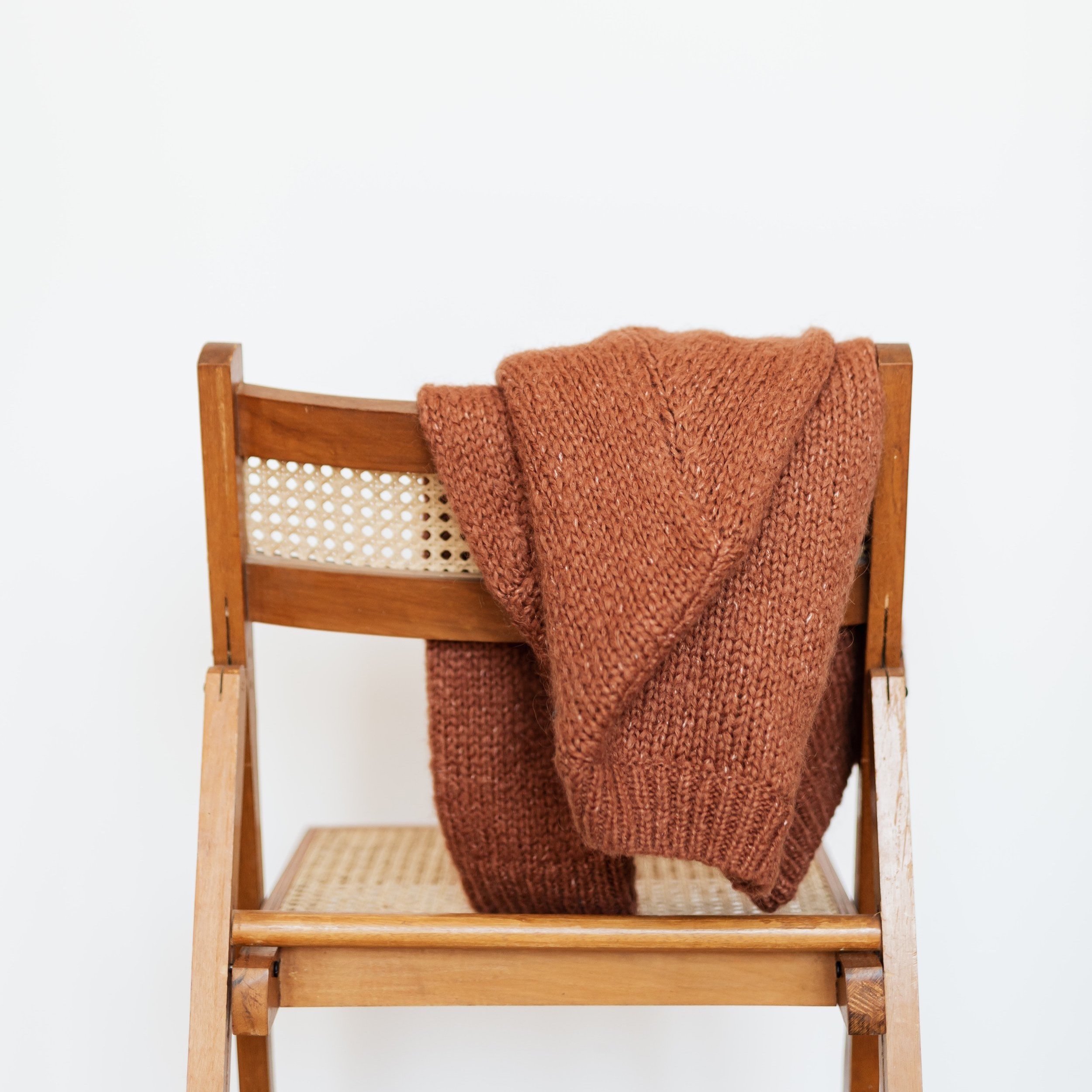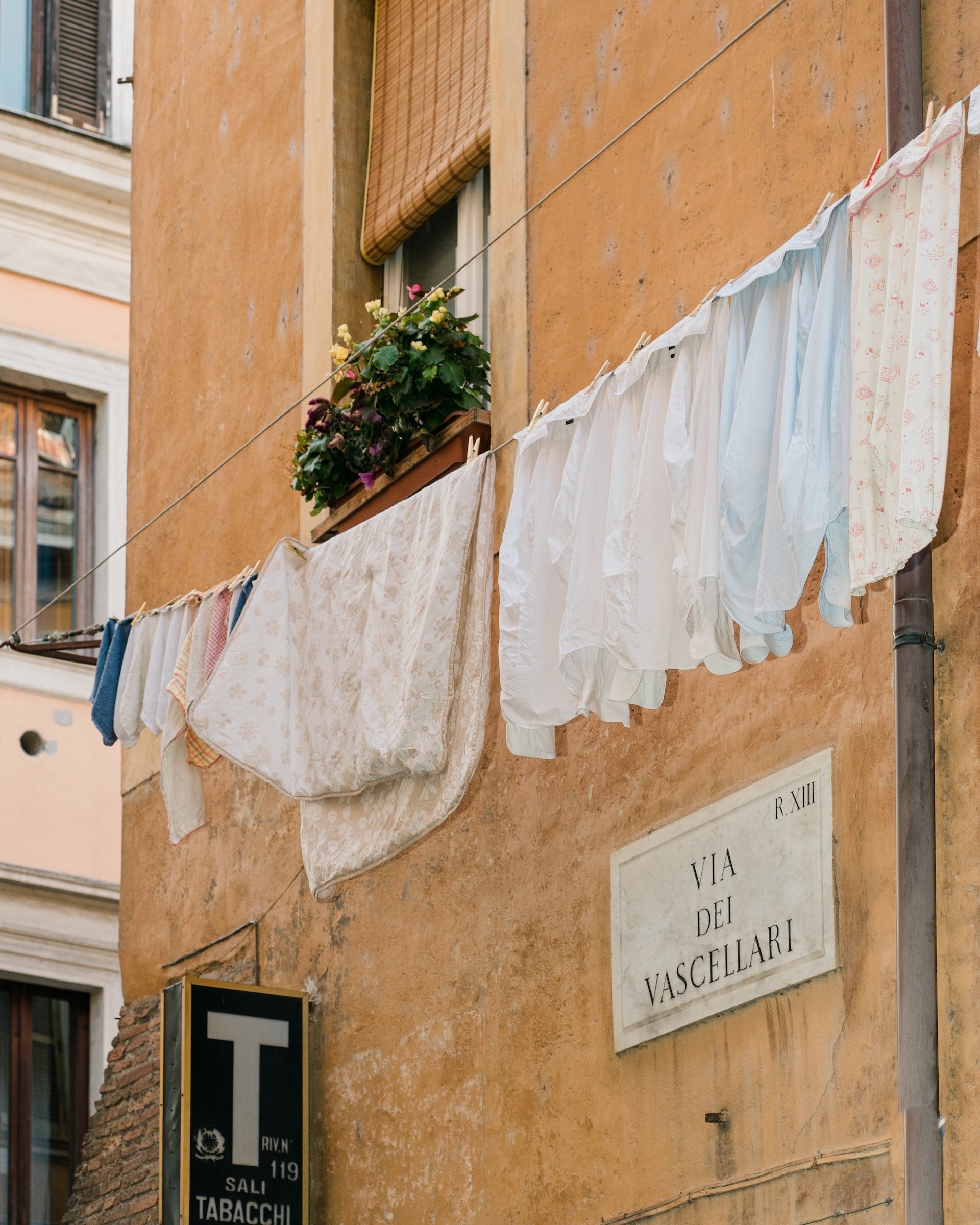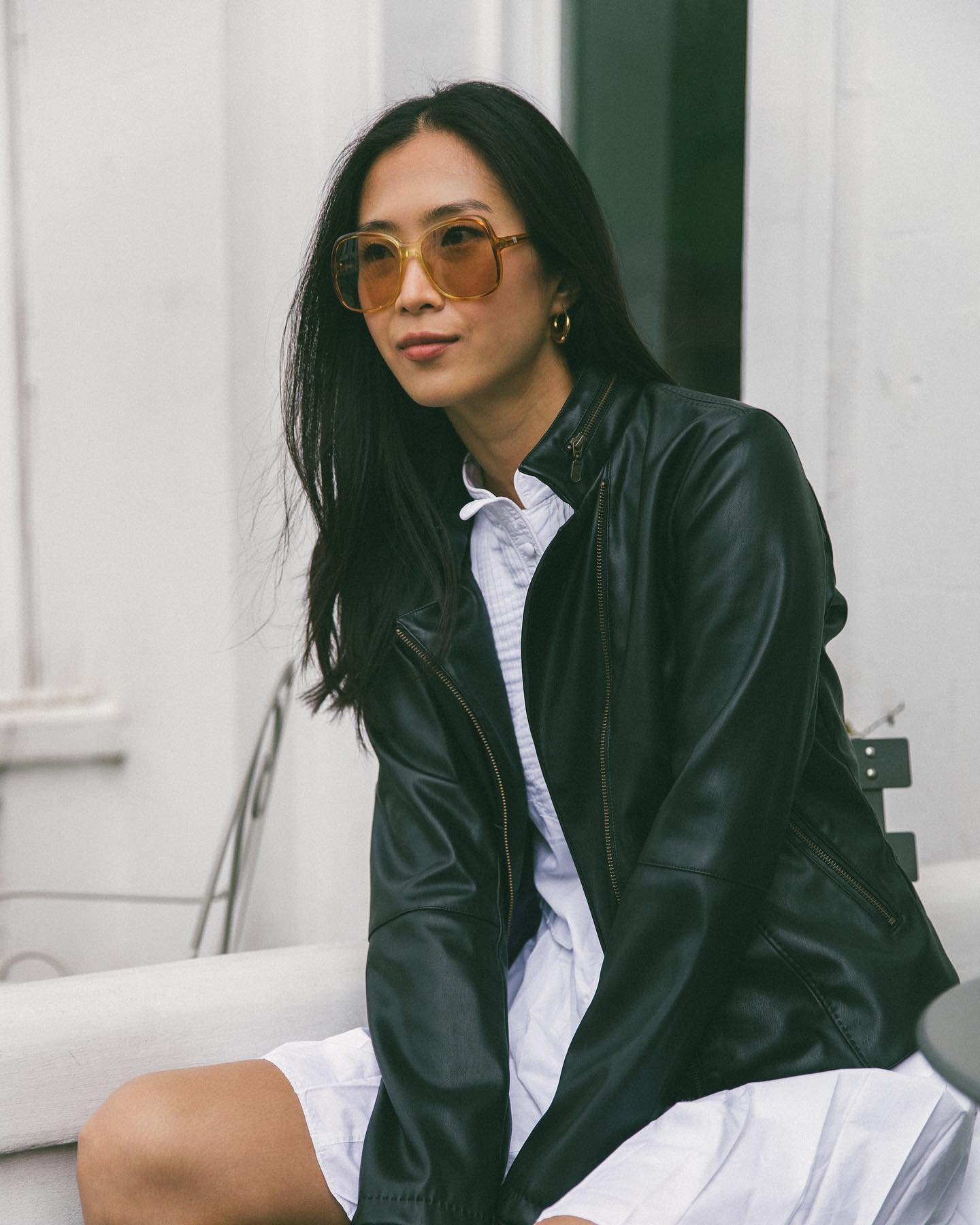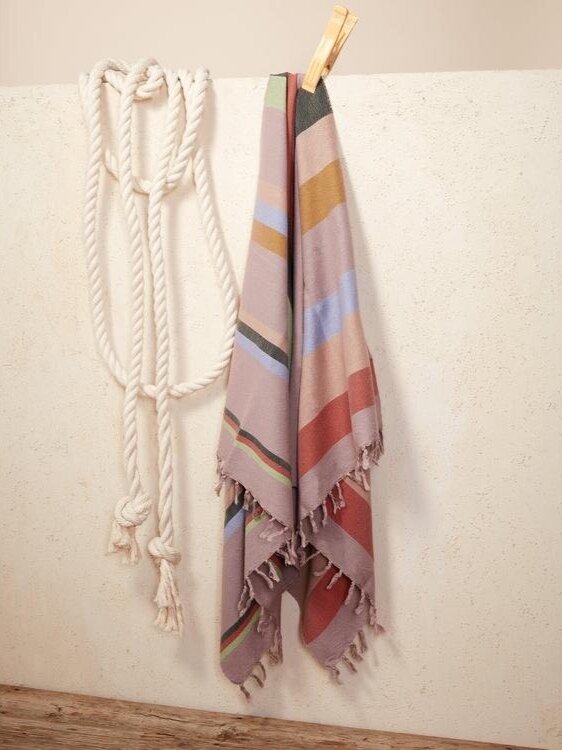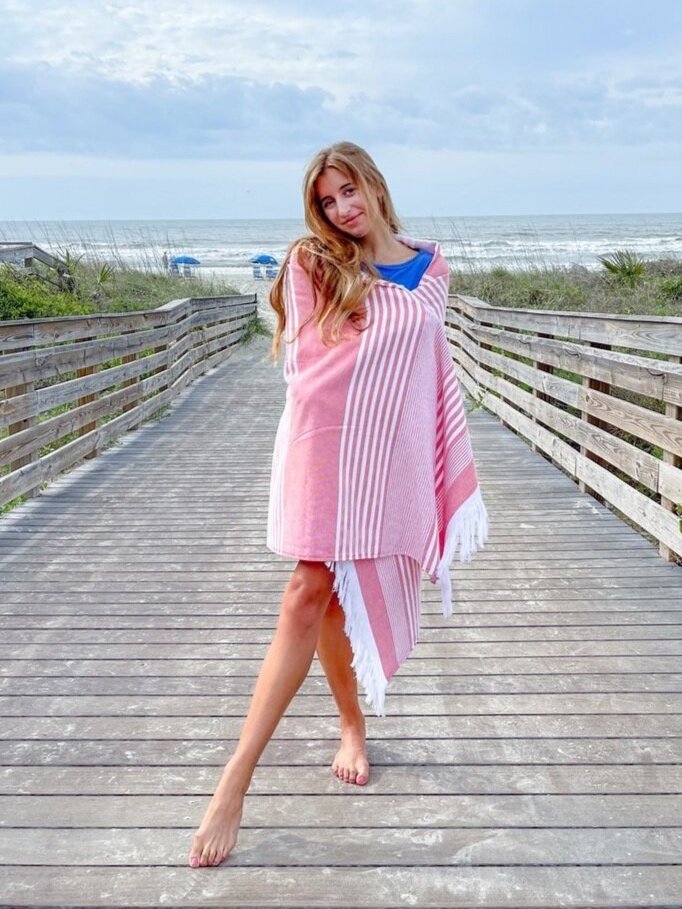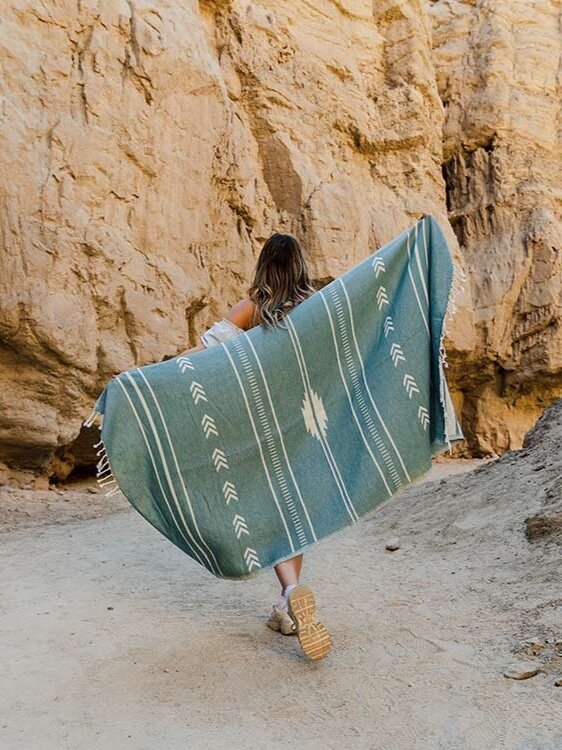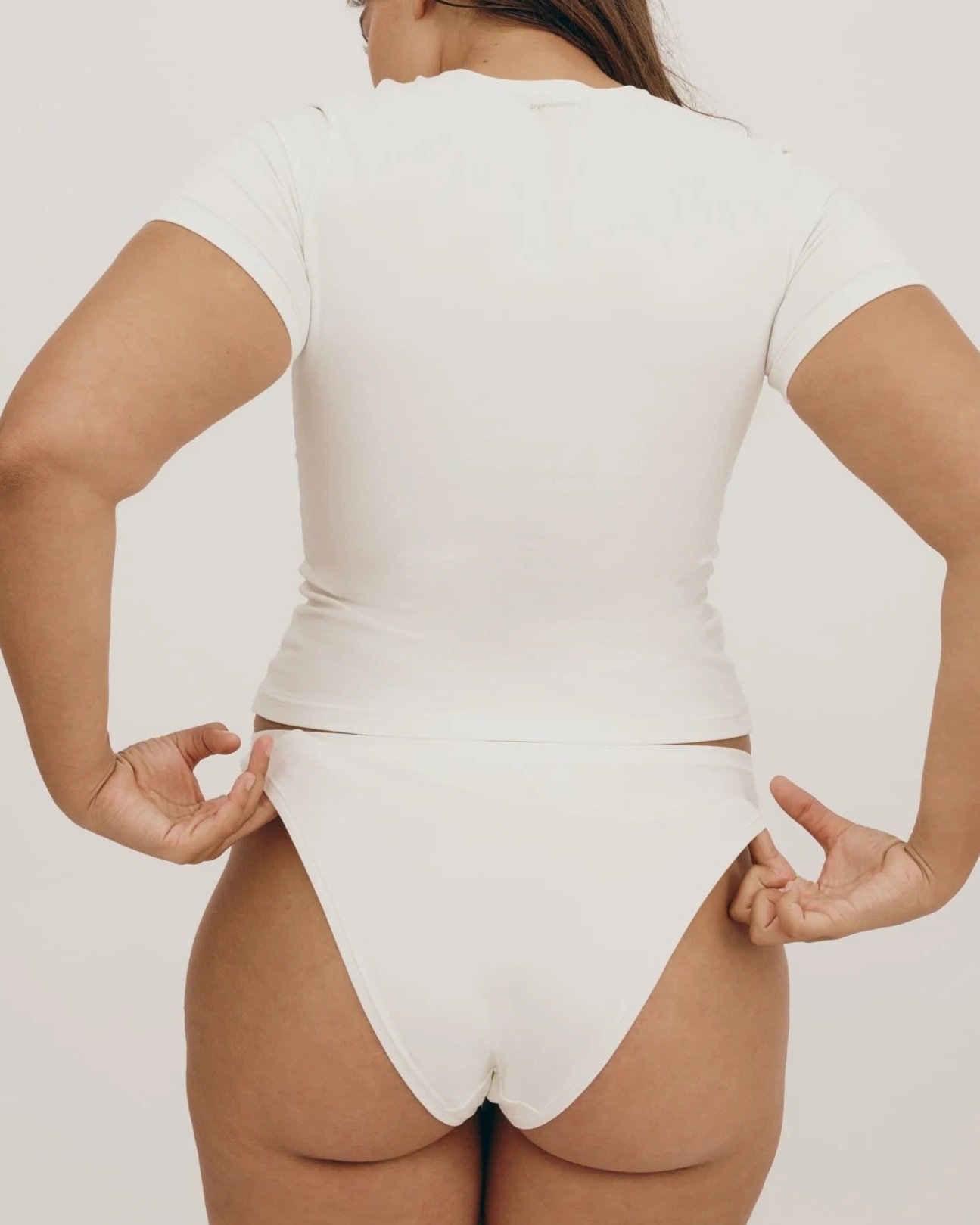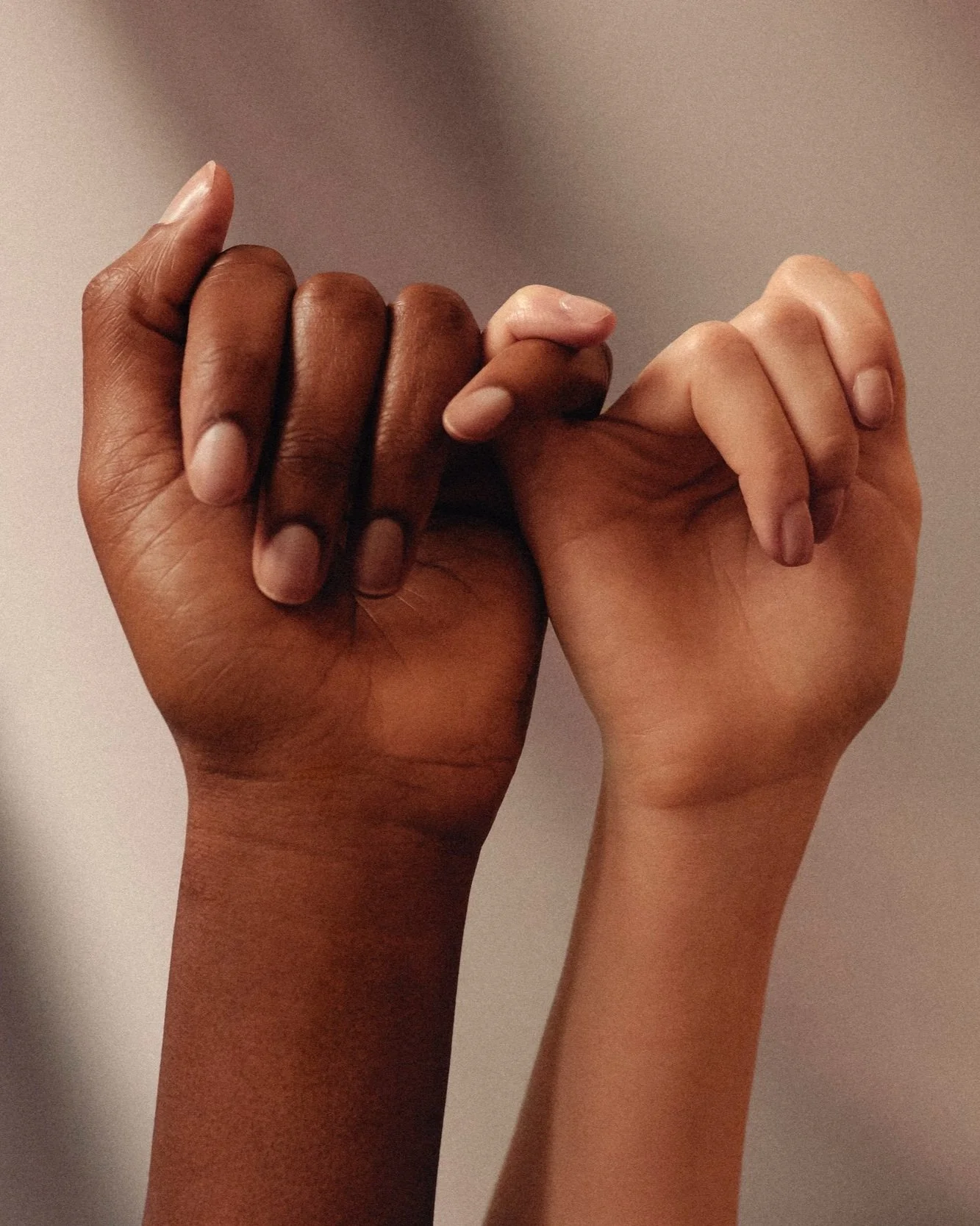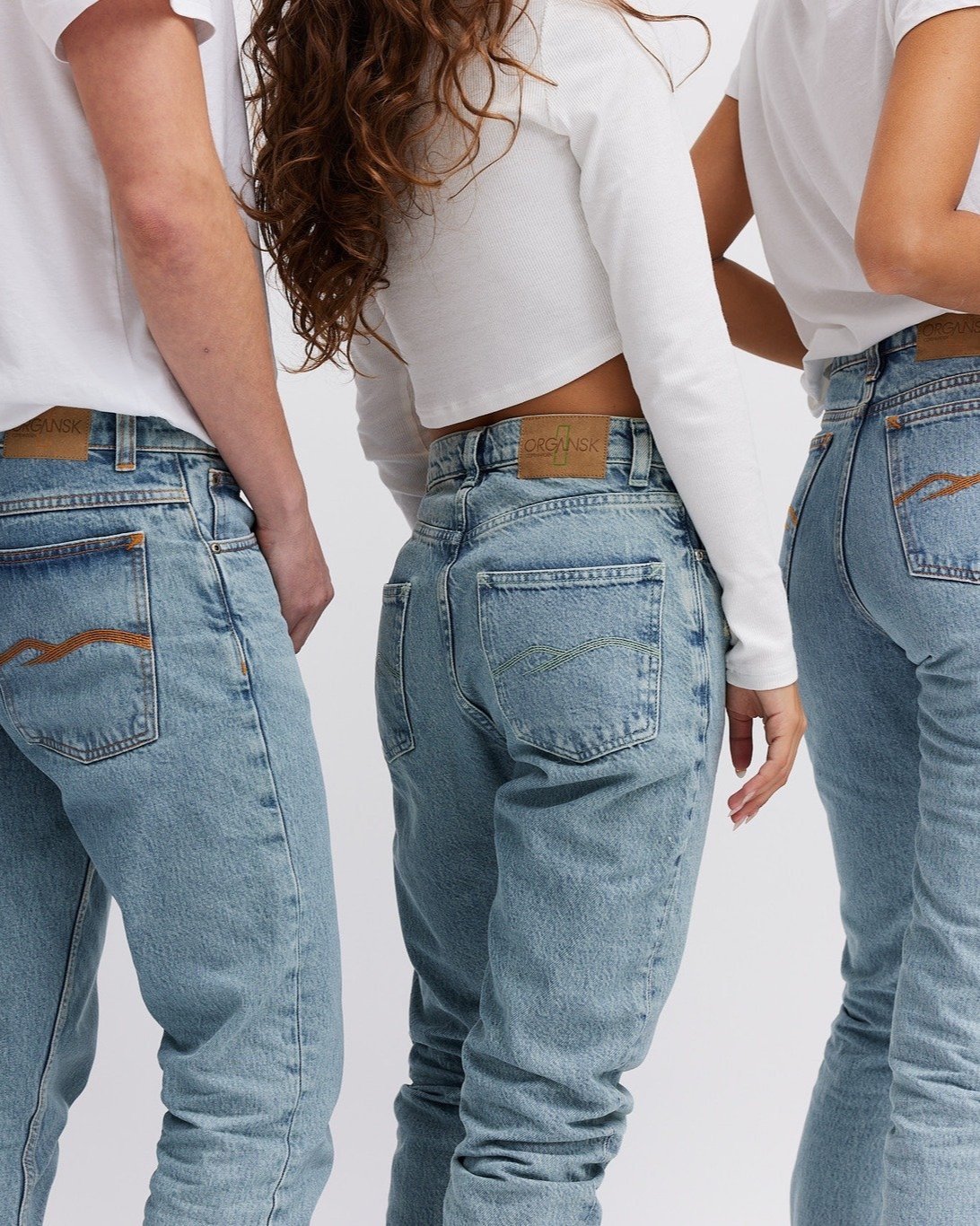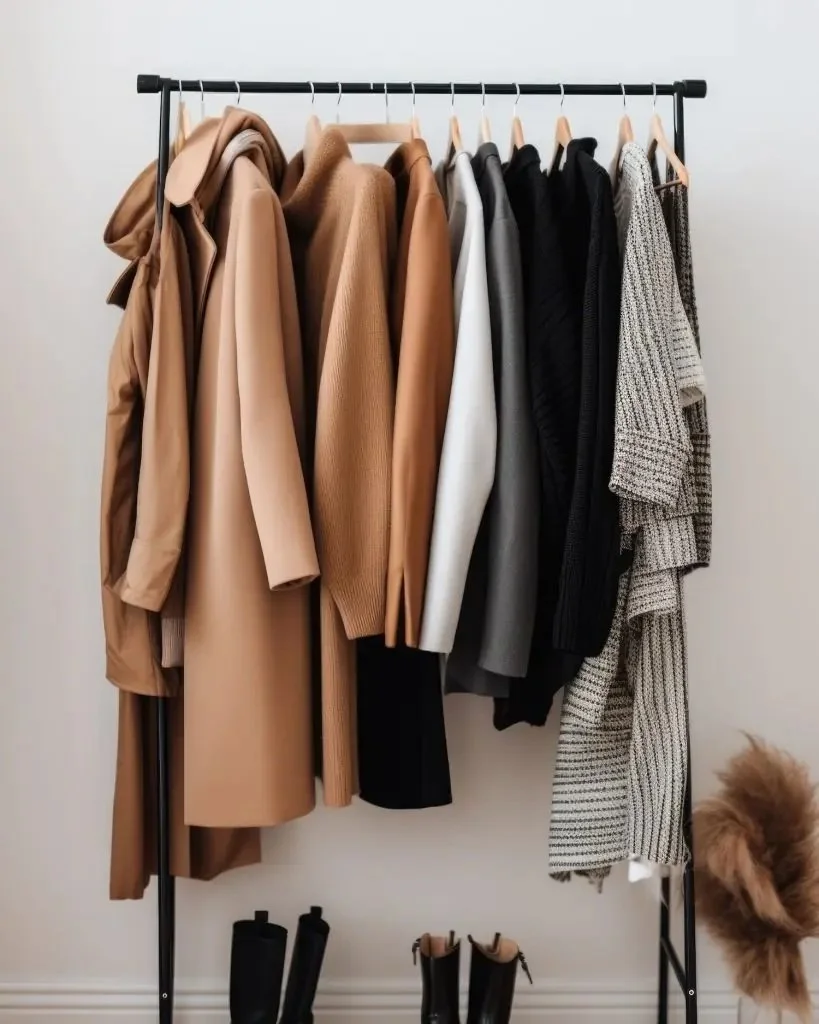Image: Coyuchi
Disclosure: Some of the links below are affiliated; we may earn a small commission if you click through and make a purchase. We only add brands & products we truly believe in. Thanks for supporting the brands who are working to make the fashion industry a better place!
The Best Men’s Sustainable Pajamas
Sustainable fashion isn’t just for women, there are a growing number of brands who offer ethically made and stylish clothes for men, including pajamas!
What we wear at night is so important for a good night’s sleep and can even make the difference between a good day and a really bad day. That’s why it’s so crucial to pick pajamas that you’ll be happy with and feel good about buying.
What to look for when shopping sustainable men’s pajamas
If you’re on the hunt for some sustainable men’s pajamas, (you’ve come to the right place!) there are a few things you may want to keep in mind.
Firstly, look for pajamas made from more sustainable materials such as organic cotton, Tencel, bamboo, and linen. Try to avoid materials like polyester, acrylic and fleece (a synthetic version of wool). It’s best to check what the brand has to say about the material they use, for example is it certified in any way to ensure it’s traceable and sustainably produced, and do they source from one country or multiple countries? You’ll notice that the sustainable brands are very transparent about where they get their material from and who’s involved in the supply chain. If a brand isn’t making noise about this, it’s a bit of a red flag.
It’s also important to ensure your pajamas have been ethically made by garment workers who have been given the same rights and working conditions that you would expect for yourself. This can include safe working conditions, fair wages, access to childcare and medical support, and a host of other aspects that would allow them to be happy and healthy at work.
our top picks for sustainable men’s pajamas:
If it’s time to refresh your nightwear look, these brands offer the best sustainable and stylish options for any man. Whether you like to keep it simple with a tee and shorts, or you like to go full out with matching sets and robes, you’re sure to find something here to suit your style.
1. Pact
Materials: Organic Cotton
Price: $44-78
If you get overwhelmed by too many choices, head to Pact for the ‘cool-stretch sleep pant’ for the ultimate men’s nightwear solution. Designed in a lightweight organic cotton fabric with plenty of stretch, these pants offer the perfect setup for a good night’s sleep. They feature a waistband with a flat front and elastic in the back so you can find your ideal fit. In addition, Pact claims these pants save 20 gallons of water compared to non-organic cotton!
2. Coyuchi
Materials: Organic Cotton
Price: $38-78
The pajama range at Coyuchi includes the French terry jogger, the crinkled pajama pants and the short sleeve tee - all made with GOTS certified organic cotton and produced ethically in India in a factory that recycles 90% of its wastewater.
With neutral tones and minimalist designs, these pajamas are ideal for the no-fuss look for bedtime.
3. Cozy Earth
Materials: Bamboo
Price: $50-105
A small but essential range of men’s pajamas from Cozy Earth offers a pajama pant, shorts and long sleeve top all made with stretch-knit bamboo. The breathable and moisture-wicking fabric feels cooler than cotton and the machine washable enhanced weave makes these PJs made to last and won’t pill. Both the top and bottoms are available in S - XXXL and come in navy, black, charcoal or heather grey. All you have to do is pick your style for a good night’s rest.
4. Boody
Materials: Bamboo
Price: $45-145
Boody sells sustainably produced, comfy clothing essentials, all made with bamboo. The bamboo Boody uses is produced without fertilizers, pesticides, or artificial irrigation, and it comes from FSC-certified forests. It is grown using rainwater, which is recycled and reused. The fabric also has thermo-regulating properties, and it is soft, breathable, and odor-resistant, which is great for sleeping!
5. Organic Basics
Materials: Organic Cotton, Tencel
Price: $61-206
If you’re a simple sleeper and just need sweatpants, tees, and boxers, then Organic Basics have you covered. The men’s ‘save with packs’ section is a great place to pick up everything you might need for your version of sleepwear, whether that’s a tee and sweatpants or even just boxer shorts. The Tencel tees, tanks and boxers are very breathable and great for regulating your body's temperature throughout the night, helping you get a higher quality of sleep.
6. Harvest & Mill
Materials: Regenerative Cotton
Price: $46-118
This awesome brand was born out of a need for locally sewn and USA grown organic clothing. They knew there was a better way to make clothing, and they wanted to support USA organic cotton farmers, American heritage mills, and their local sewing community. Harvest & Mill actually uses regenerative cotton, which is the most sustainable for the planet because it directly fights climate change by pushing carbon back into the ground. We absolutely love it!
7. Made Trade
Materials: Eucalyptus Lyocell, Organic Cotton
Price: $46-78
Made Trade has a good range of pajamas from brands such as Sijo, Coyuchi and Harvest & Mill. Check out the jersey shorts made with organic cotton, or the jogger pants made with Eucalyptus Lyocell. On Made Trade, you can shop with confidence knowing every product is rigorously assessed and verified for both sustainability and equity and adheres to at least two of Made Trade's eight core values.
8. Ably
Materials: Filium® activated cotton
Price: $45-145
If PJ pants are all you need for your nightwear, then the Ollie flannel lounge pants from Ably might be just what you’re looking for.
Made with Filium® activated cotton, the fabric repels liquids, stains, and odors so they don’t require washing as frequently. Perfectly paired with any t-shirt or on its own in warmer climates, the Ollie pants are a great wardrobe staple for any man.
9. Komodo
Materials: Organic Cotton
Price: $53-105
Komodo has perfected the sustainable pajama with their Jim Jam design. Made from GOTS certified organic cotton that helps keep you warm during the colder months, the double-brushed fabric makes these pyjamas perfect for cozy winter nights.
Available as a set or just the bottoms, you can choose between navy or maroon plaid and enjoy a guilt-free night’s sleep.
10. Lüks Linen
Materials: Linen, GOTS Cotton
Price: $102-188
For something a bit different, why not upgrade your nightwear wardrobe to include a robe? These ones from Lüks Linen are made for lounging inside and outdoors in warmer weather, and add that touch of luxury to your mornings and evenings. The 100% Turkish cotton fabric is first hand woven on traditional wooden shuttle looms by master weavers and then individually cut and sewn by a local tailor. The linen and cotton used are GOTS & Standard 100 Oeko-Tex® certified.
About the Author
Sarah is a freelance writer with a focus on vegan fashion, sustainability and ethically made clothes. She campaigns for change in the fashion industry through her blog and on her Instagram page.
MAKE SURE TO PIN THE PHOTO BELOW TO SAVE THIS POST FOR LATER!
WANT MORE SUSTAINABLE BRANDS? VISIT OUR BRAND DIRECTORY!
Our Brand Directory is home to hundreds of sustainable brands, from makeup to cleaning supplies, from underwear to shoes. We have broken everything down by category for easy shopping, along with discount codes unique to Sustainably Chic viewers.

